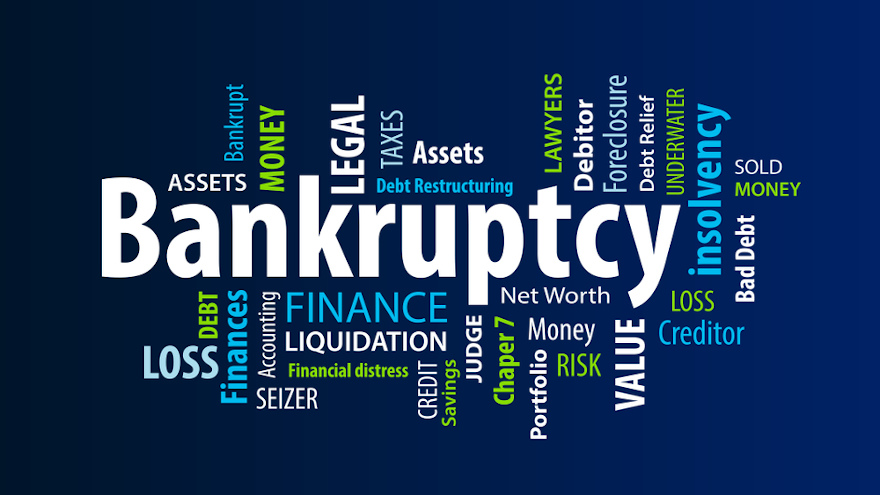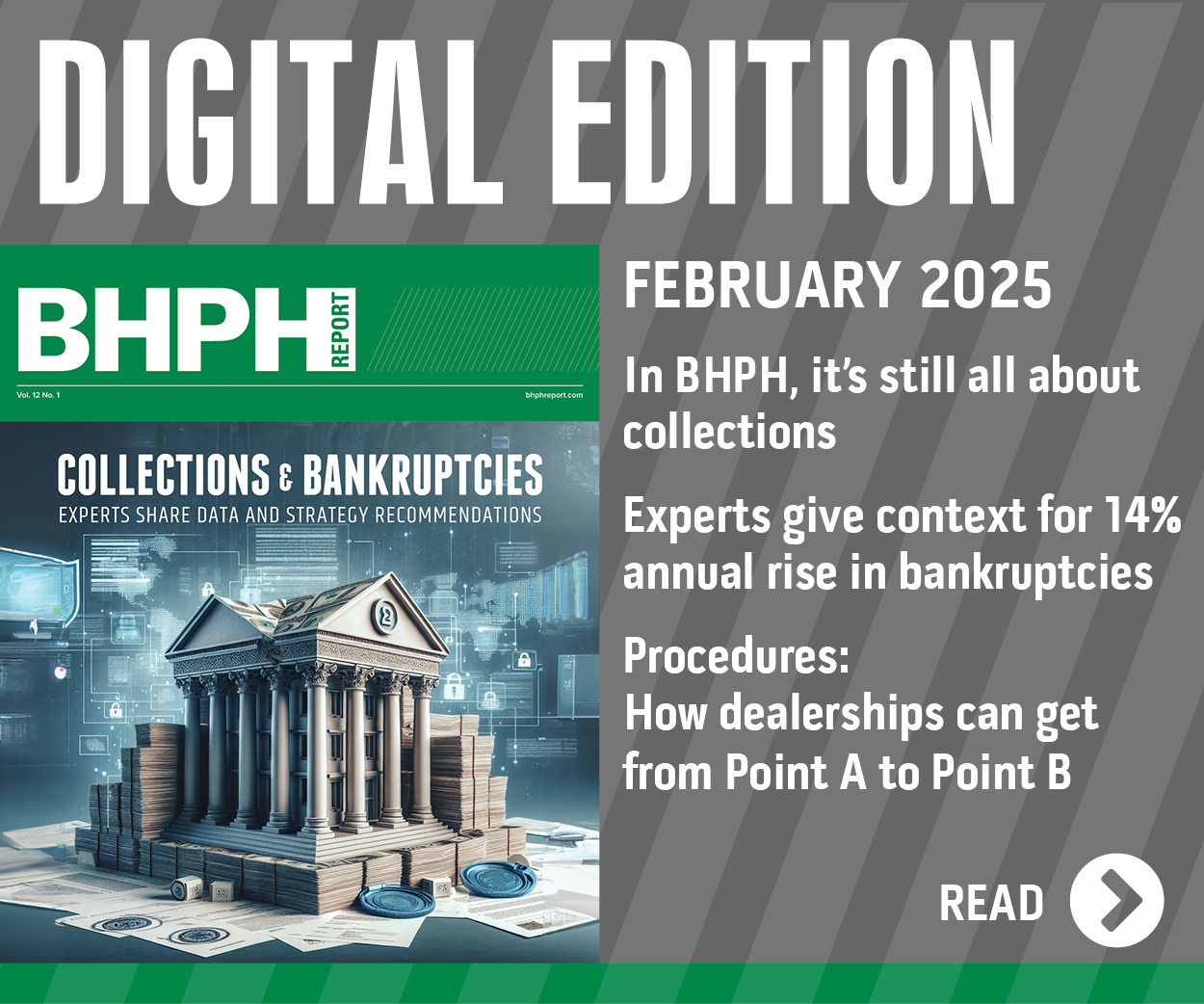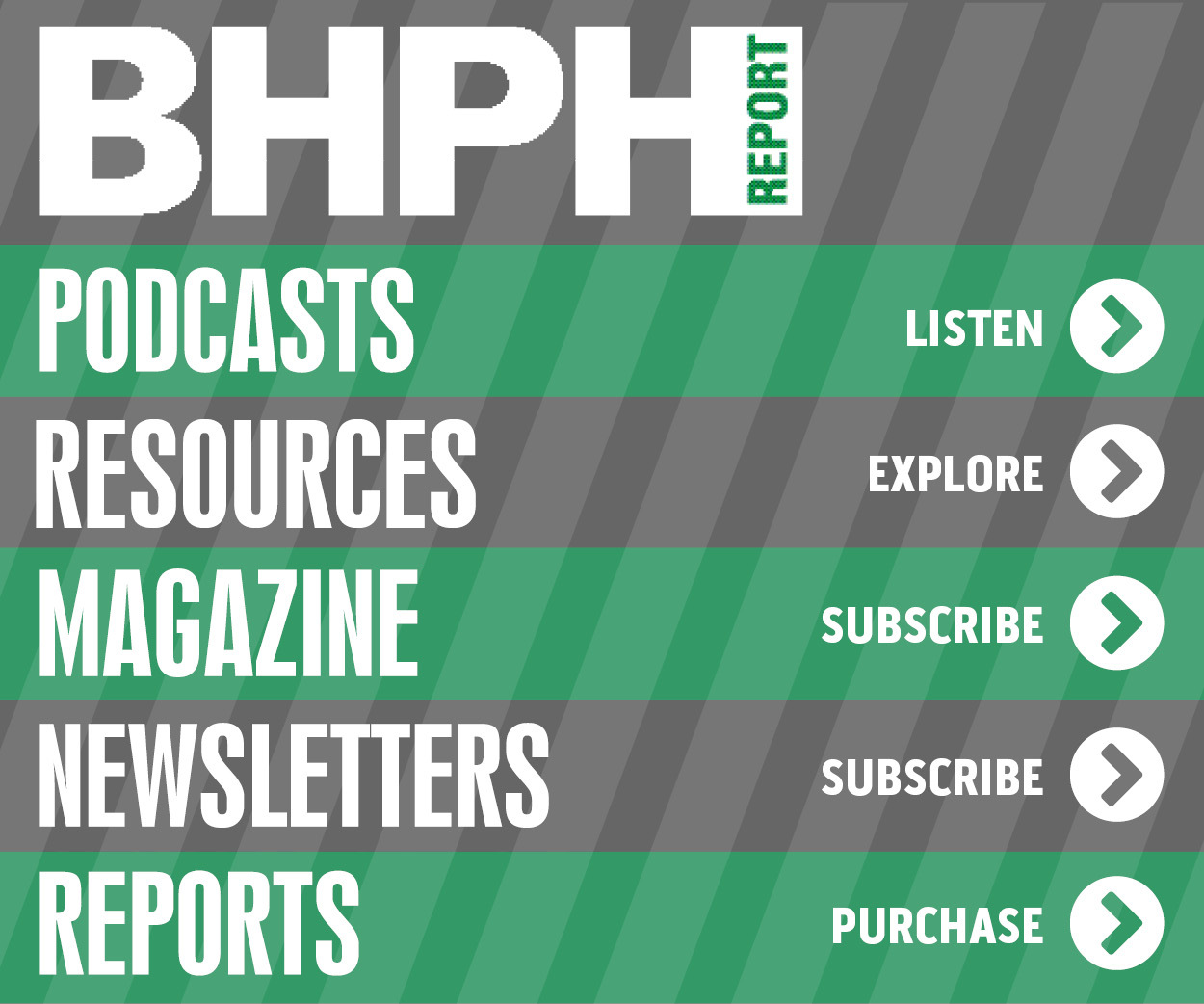Mixed movements in May on bankruptcy front

While a portion of commercial filings made a note rise year-over-year, data provided by Epiq Bankruptcy showed that the overall bankruptcy total in May actually dropped by double digits compared to a year ago.
The firm reported total bankruptcy filings came in at 31,314 in May, representing a 10% decline from the May 2021 total of 34,783.
Experts said noncommercial bankruptcy filings totaled 29,576 in May, also registering a 10% decrease from the May 2021 noncommercial total of 32,970.
Meanwhile, Epiq discovered there were 330 commercial Chapter 11 filings registered in May, an increase of 34% from the 246 filings filed during the same month a year earlier.
Experts added overall commercial filings decreased 4% in May, as the 1,738 filings were down from the 1,813 commercial filings registered in May 2021.
Epiq went on to mention small business filings, captured as subchapter V elections within Chapter 11, registered an increase of 21% to 123 in May from 102 a year earlier.
“The bankruptcy market continues to navigate uncharted waters as the effect of the global pandemic lingers and uncertainty around the U.S. public markets enters the mix,” Epiq senior vice president Chris Kruse said in a news release. “If the economy declines, the bankruptcy market will likely become more active.”
Looking at the data on sequential comparison, Epiq indicated May’s commercial Chapter 11 filings increased 32% from the 250 filings in April. The commercial filing total represented a 2% decrease from the April 2022 commercial filing total of 1,775.
Subchapter V elections within Chapter 11 increased 23 percent from the 100 filed in April.
Epiq also noted that May’s total bankruptcy filings represented a 4% decrease when compared to the 32,518 total filings recorded the previous month.
Total noncommercial filings for May also represented a 4% decrease from the April 2022 noncommercial filing total of 30,743, according to Epiq’s data.
“Rising interest rates, inflationary price increases and global supply concerns are compounding the economic challenges for financially distressed families and businesses,” American Bankruptcy Institute executive director Amy Quackenboss said in the same news release.
“Legislation currently being considered in the House would expand the debt-eligibility limits for small businesses and individuals that would create greater access and a more efficient process for families and businesses looking for a financial fresh start,” Quackenboss continued.
ABI pointed out that the debt-eligibility limit for small businesses to elect subchapter V reverted in March to the original $2,725,625 threshold from the expanded amount of $7.5 million first established under the CARES Act of 2020. ABI recapped that legislation passed in the Senate in April to restore the eligibility limit back to $7.5 million and cover any subchapter V cases that were pending at the time of the March 27 sunset.
Consistent with the recommendations of ABI’s Commission on Consumer Bankruptcy, the organization reiterated that it continues to push for the debt limit for individual Chapter 13 filings to be increased to $2.75 million and to remove the distinction between secured and unsecured debt for that calculation. Both of the expanded eligibility limits for small business subchapter Vs and consumer chapter 13s would sunset after two years, according to ABI.
ABI has partnered with Epiq Bankruptcy — a leading provider of data, technology, and services for companies operating in the business of bankruptcy — to provide the most current bankruptcy filing data for analysts, researchers, and members of the news media.
To learn more details, go to https://bankruptcy.epiqglobal.com/analytics.


